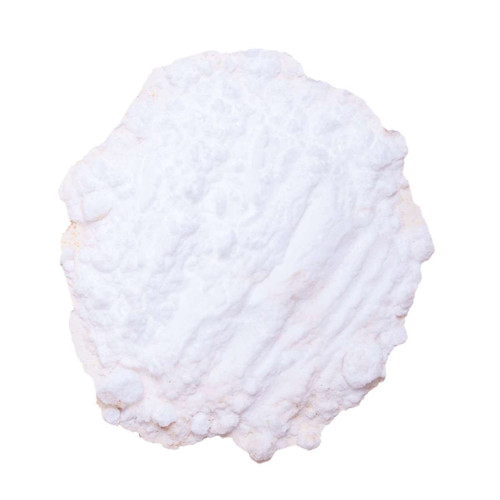First of all, it's not creamy. It's a dry, powdery, acidic byproduct of fermenting grapes into wine. Its sciency name is potassium bitartrate, aka potassium hydrogen tartrate or tartaric acid (hence the commercial name).
Cream of tartar makes an effective non-toxic household cleaner all by itself or combined with other earth-friendly kitchen ingredients such as lemon juice or vinegar. Try these ideas:
- Metal polish: Add water to make a paste to polish stainless steel and aluminum. This also removes scratches on white bowls and plates caused by knives and forks.
- Copper polish: Add lemon juice in a 1:1 mixture. Rub on, rinse off.
- Poreclain sink, tub, toilet scrub: Add distilled white vinegar in a 1:1 solution.
- All-purpose scrub: Add distilled white vinegar in a 4:1 solution (i.e., 1 cup vinegar to 1/4 cup cream of tartar). This also cleans stainless steel sinks like nobody's business.
The combination of baking soda, as a weak base, with citric acid, a weak acid, inside of water, creates a chemical reaction that releases carbon dioxide; that's what makes the fizzing action in a bath bomb! ... In bath bombs, cream of tartar acts as a binding agent, making the bomb harder and stronger.
EASY Bath Bomb Recipe with Cream of Tartar
1 cup baking soda
1/2 cup cornstarch
1/2 cup epsom salts
4 tablespoons cream of tartar
2-1/2 tablespoons coconut oil
2 teaspoons essential oil or fragrance oil
Food coloring (drop until desired color)
3/4 tablespoon water
Mix all dry ingredients and then add oil and water. Mix well until color is even. Don't mix too long or the powder will dry out. When you can lift up a handful and press it together in your hand and it stays together, you are there. Now use molds to mold them up. Don't take too long or your mix will dry out.


